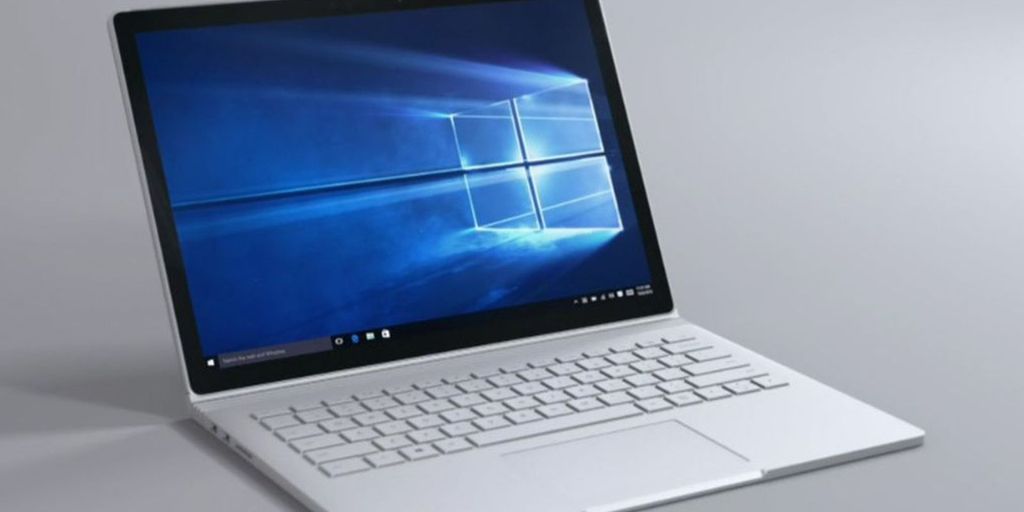Laptops are essential tools for work, study, and entertainment—but like all electronics, they don’t last forever. Even with proper care, your laptop will eventually show signs of aging. Recognizing when it’s time to replace your device can save you time, money, and frustration.
If your laptop has become more of a headache than a help, it may be time for an upgrade. Here are five clear signs that your laptop is reaching the end of its life and needs to be replaced.
1. Performance Is Sluggish—Even After Cleanup
Over time, it’s natural for laptops to slow down. Temporary files accumulate, programs update, and your storage gets filled. In many cases, cleaning up junk files, disabling startup programs, or upgrading your RAM can help. But when you’ve tried everything—and your system is still painfully slow—it may be more than just clutter.
Warning Signs:
-
Long boot-up times (2+ minutes)
-
Applications freeze or crash frequently
-
Web pages take forever to load
-
Even lightweight tasks (like typing or checking email) lag
Why It Matters:
Lagging performance can waste valuable time, frustrate you, and hinder productivity. If your device struggles with basic functions, especially after a clean install or tune-up, the hardware may be outdated or damaged beyond cost-effective repair.
When to Replace:
If your CPU is old (especially dual-core or lower), RAM is maxed out at 4–8GB, or storage is still on an HDD, replacement is often smarter than repair—especially if you’re out of warranty.
2. The Battery Barely Lasts—or Doesn’t Charge at All
Laptop batteries degrade over time. It’s normal for battery life to decrease after 2–3 years, but once you start needing a charger every hour—or worse, your laptop won’t turn on without one—it’s a red flag.
Warning Signs:
-
Battery drains rapidly (less than 1 hour of usage)
-
Laptop shuts down unexpectedly
-
Battery won’t hold a charge or isn’t detected
Why It Matters:
Mobility is one of a laptop’s key advantages. If you’re tethered to an outlet, you’ve essentially got a desktop. While some batteries are replaceable, others are sealed inside—making replacement expensive or complicated.
When to Replace:
If your battery is dead and your laptop is older than 4–5 years, a new device with a modern battery and power-efficient processor will give you a much better experience.
3. Your Operating System or Software Isn’t Supported
An often-overlooked but critical sign of an aging laptop is compatibility. Operating systems (OS) like Windows or macOS receive regular updates for performance and security. However, as your hardware gets older, it may no longer support the latest versions.
Warning Signs:
-
You can’t upgrade to the newest OS (e.g., Windows 11 or latest macOS)
-
Software applications are no longer compatible or won’t install
-
Security updates have stopped
Why It Matters:
Outdated operating systems are major security risks. They’re more vulnerable to malware, ransomware, and data theft. Plus, unsupported software can mean you miss out on features and functionality necessary for modern tasks.
When to Replace:
If your laptop can’t run current software (especially antivirus, browsers, or productivity apps), you’re putting your data—and peace of mind—at risk. That’s a strong cue to upgrade.
4. The Display or Hinges Are Failing
A laptop’s screen and physical structure take daily wear and tear. Over time, screens may dim, flicker, or develop dead pixels, while hinges become loose, stiff, or even snap. These are more than cosmetic issues—they can make your laptop nearly unusable.
Warning Signs:
-
Screen flickers or has large discolored areas
-
Display brightness is too dim, even at max
-
Cracked or broken hinges make it hard to open/close
-
Screen won’t stay up without leaning it against something
Why It Matters:
The screen is your primary interface—if it’s failing, everything becomes harder. Repairing screens or hinges often costs hundreds of dollars, especially if out of warranty. For older laptops, this repair cost often exceeds the value of the device.

When to Replace:
If the display or body damage interferes with normal use and the repair cost is 30% or more of a new laptop’s price, replacing is usually the better investment.
5. Upgrades Are No Longer Possible—or Worth It
Some laptop problems can be fixed with upgrades: adding more RAM, swapping an HDD for an SSD, or installing a new battery. But newer laptops are increasingly non-upgradable, and older ones might be too outdated to justify the cost.
Warning Signs:
-
RAM or SSD slots are soldered and non-removable
-
BIOS or motherboard doesn’t support new components
-
Upgrading costs rival a new mid-range laptop
Why It Matters:
Even if your current device is technically still functioning, an inability to upgrade means you’re stuck with dated performance. You’ll struggle with modern multitasking, gaming, video editing, or even browsing-heavy websites.
When to Replace:
If your laptop doesn’t allow practical upgrades—and no amount of tweaking makes it perform better—it’s time for a fresh start.
Bonus Tip: Your Needs Have Changed
Even if your laptop still functions, it might no longer suit your lifestyle. Maybe you need better portability, longer battery life, or higher performance for demanding tasks like photo/video editing, gaming, or coding.
Ask yourself:
-
Has my workload increased?
-
Am I traveling more and need something lighter?
-
Am I spending more time on video calls or digital content?
If the answer is yes to any of these, a new device tailored to your current needs may be the best decision.
Final Thoughts
Laptops aren’t meant to last forever, and pushing an old, underperforming device can hurt productivity and increase stress. The average laptop lifespan is around 3 to 5 years, depending on how it’s used and maintained.
If your device is showing one or more of these signs—sluggish performance, poor battery, outdated software, failing hardware, or limited upgrade options—it may be time to let go. Fortunately, modern laptops are more powerful, energy-efficient, and affordable than ever.
Bottom line: If your laptop is holding you back instead of helping you move forward, it’s time to consider a replacement.




